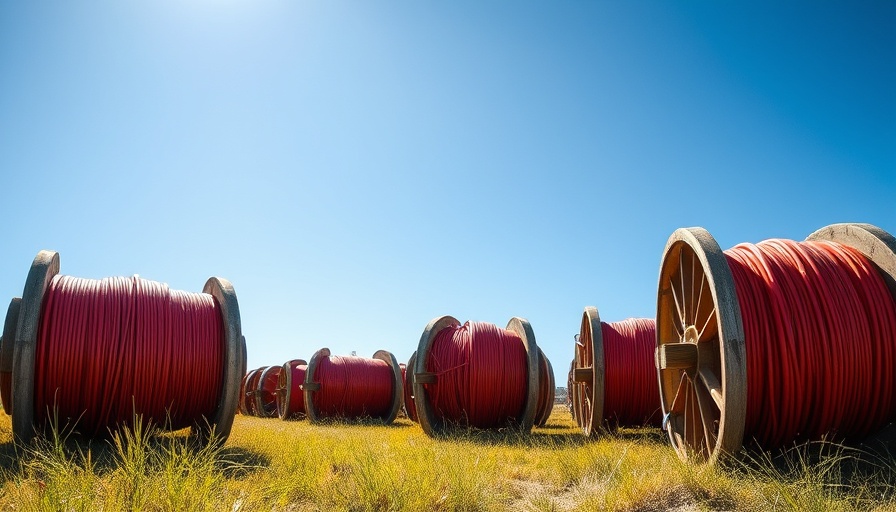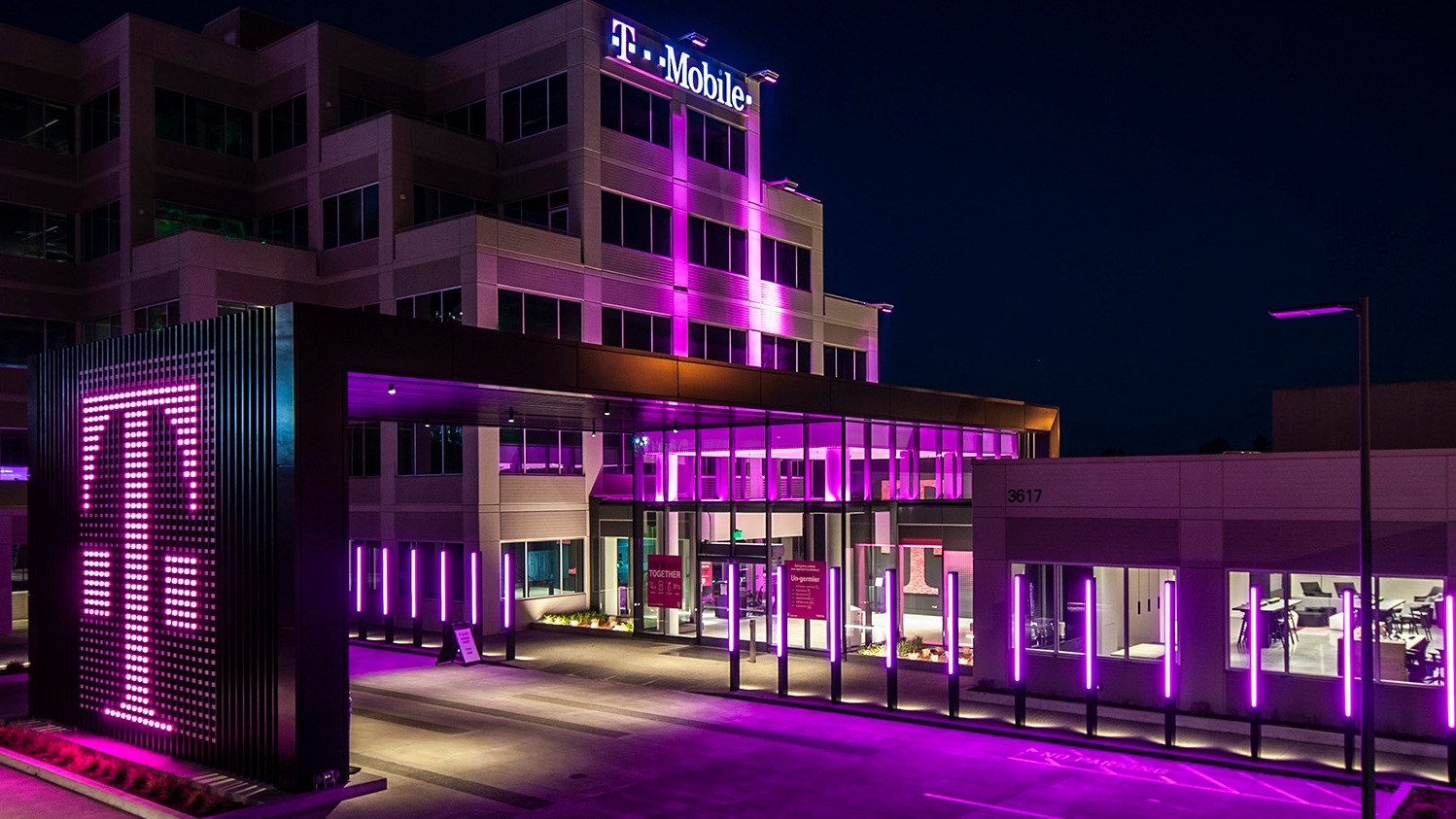
Understanding Fiber Internet: The New Standard
In recent years, fiber internet has quickly emerged as a front-runner in home broadband options, largely due to its superior speeds and reliability. Offering speeds that can surpass a dizzying 1,000 megabits per second (Mbps), fiber connections not only provide faster downloads but also facilitate symmetrical speeds—meaning both upload and download speeds are equal. This is a significant upgrade over traditional cable or DSL options, which often prioritize download speeds and leave uploads lagging.
Is Fiber Internet Worth It for You?
Despite its advantages, the question remains: is fiber internet the best choice for every home? The answer isn't a blanket yes. According to the Fiber Broadband Association, around 76 million homes have opted for fiber, reflecting a growing trend in broadband use. However, availability is still a significant barrier; fiber isn't universally accessible yet. Thus, potential customers should evaluate their local internet service providers (ISPs) to discover if fiber options are available in their area.
The Pricing Puzzle: Costs You Didn't Expect
Cost is another crucial factor when considering a switch to fiber. Generally, fiber internet plans can be more expensive than traditional options. While some new plans may boast competitive pricing to attract customers, installation fees, equipment rental costs, and promotional rates can quickly add to your bill. It’s essential to compare these factors against your current service to determine if cable, satellite, or DSL remains the more economical choice.
The Convenience Factor: Is 1,000Mbps Necessary?
Interestingly, most household users don’t typically need speeds anywhere near what fiber provides. Data from OpenVault indicates that the average household uses around 564 Mbps, which may mean that for many, opting for lower tiers of service could suffice. Thus, users should consider their specific usage—for instance, families with gamers or remote workers may find fiber more appealing, whereas casual users might be fine with less expensive options.
Future-Proofing Your Connection
When contemplating a switch to fiber internet, it’s also worth considering the future of your broadband needs. As more devices become essential in our daily lives—especially with the rise of remote work and online gaming—fiber’s ability to provide high speeds and manage multiple devices becomes increasingly valuable. Investing in fiber today could save you from the headaches of slower connections tomorrow.
Bridging the Digital Divide: Accessibility and Availability
A key issue with fiber internet remains its uneven availability across regions. Urban areas are often well served, but rural communities may still struggle with outdated infrastructure. Understanding where your local services stand in terms of availability can directly impact whether fiber is feasible for you.
In Conclusion
Ultimately, whether fiber internet is the best option for your home hinges on various factors, including availability, pricing, and your specific internet habits. Amid an ever-evolving digital landscape, it’s worth taking the time to assess your needs and options, ensuring you stay connected at the highest level effectively. Are you ready to explore the best internet options for your home?
 Add Row
Add Row  Add
Add 

 Add Row
Add Row 


 Add Element
Add Element 

Write A Comment